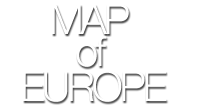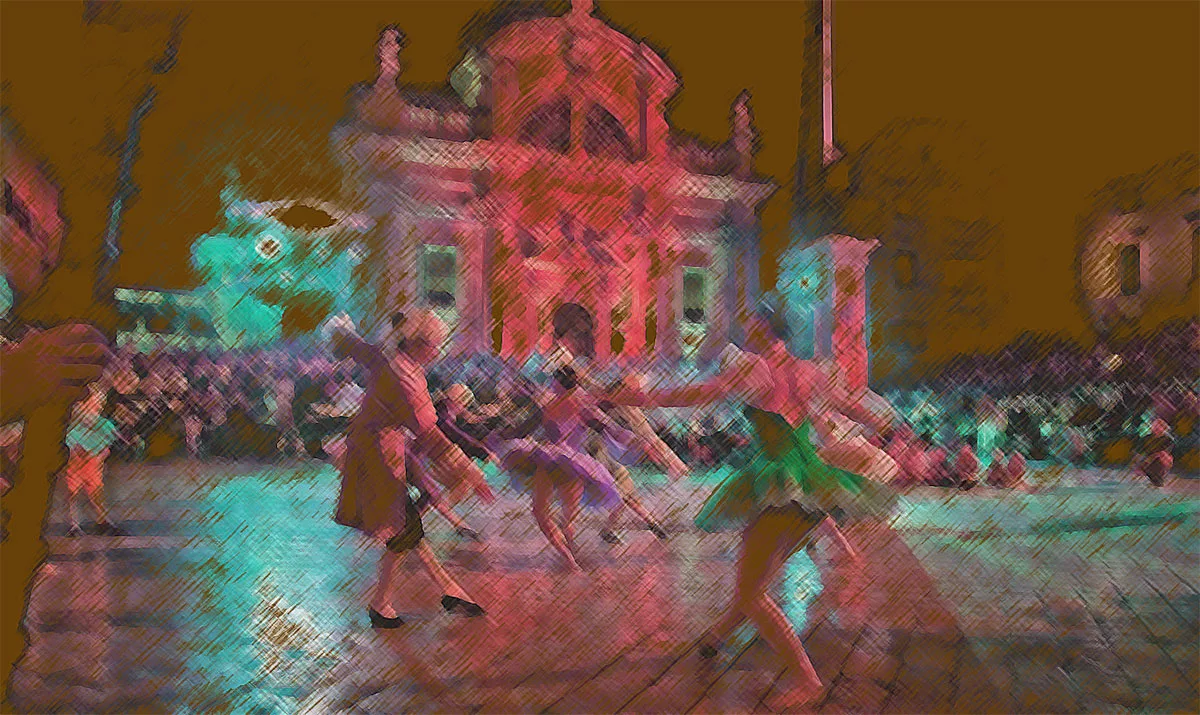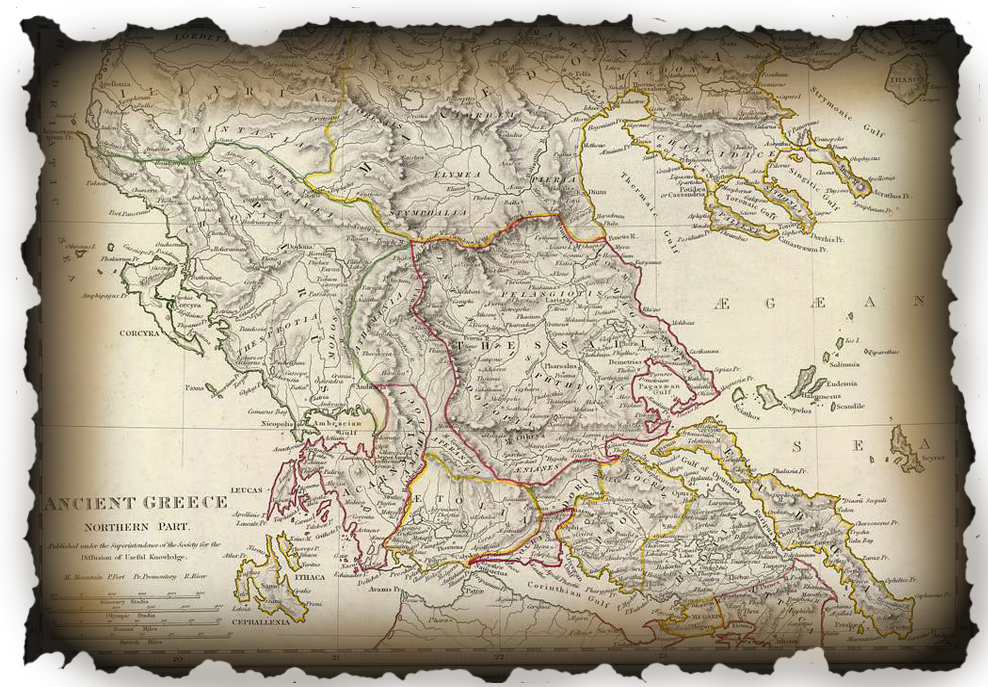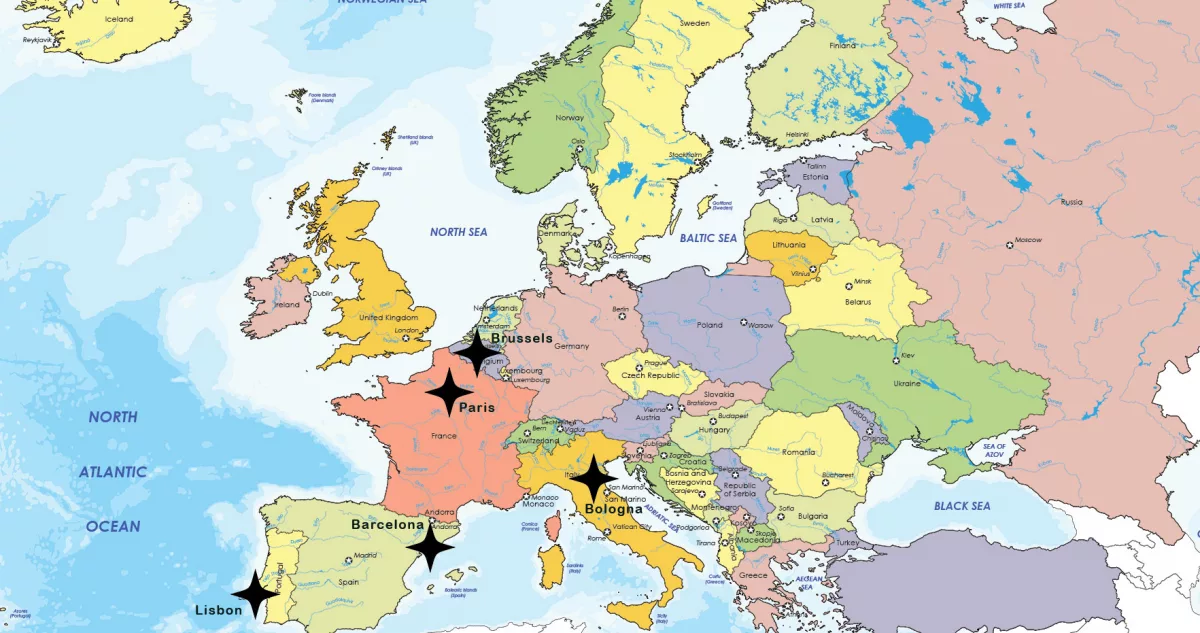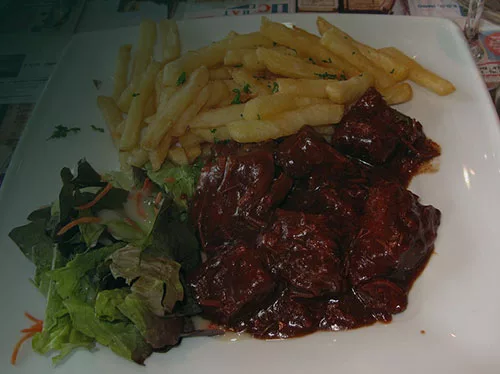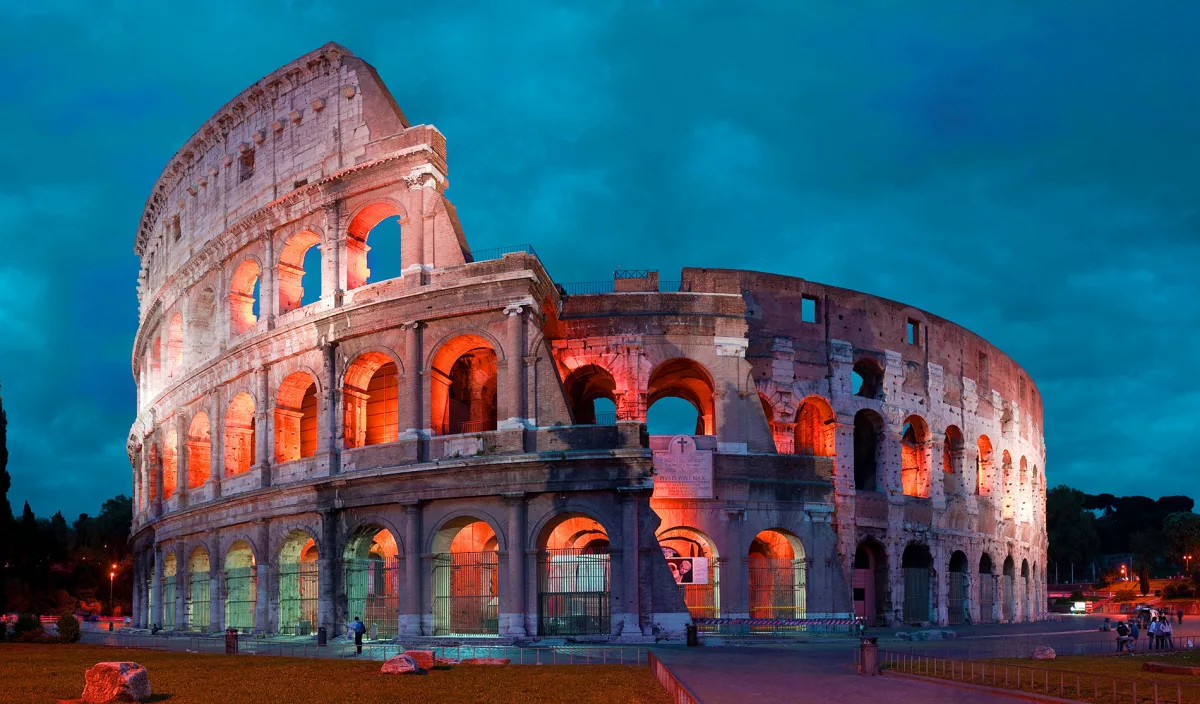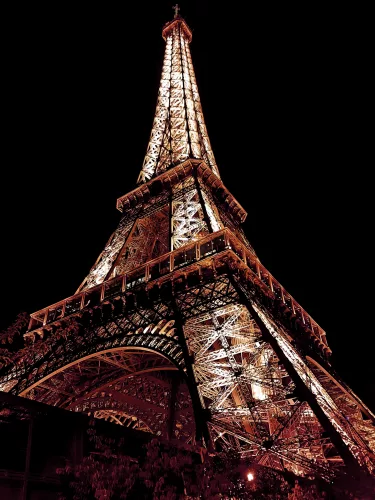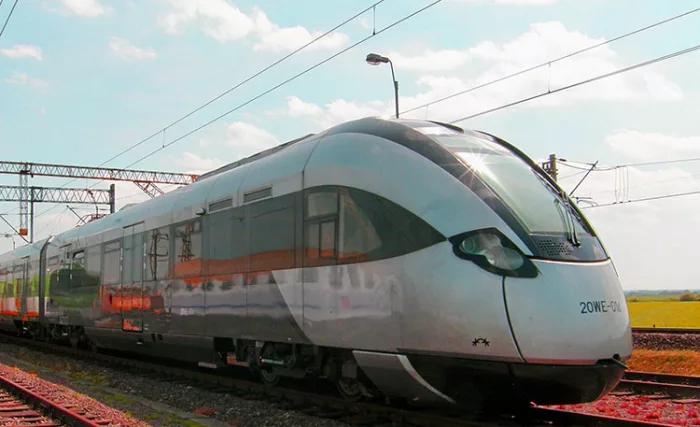Europe is a continent that is rich in culture and history, and this is reflected in the wide variety of festivals that take place throughout the year. Whether you are interested in music, food, or cultural events, there is something for everyone in Europe’s festival scene. In this article, we will explore the top European festivals that you can’t miss in 2023.
Edinburgh Fringe Festival
The Edinburgh Fringe Festival is one of the largest arts festivals in the world and takes place in the Scottish capital every August. The festival is known for its wide variety of performances, including comedy, theater, dance, and music, and attracts performers and visitors from all over the world. The festival has a unique atmosphere, with street performers and pop-up events taking place throughout the city.
Oktoberfest
Oktoberfest is a world-famous beer festival that takes place in Munich, Germany, every year in September and October. The festival is a celebration of Bavarian culture and tradition and attracts millions of visitors every year. Visitors can enjoy traditional German food and beer, live music, and carnival rides.
La Tomatina
La Tomatina is an annual festival that takes place in the town of Buñol, Spain, on the last Wednesday of August. The festival is a massive tomato fight, where participants throw ripe tomatoes at each other in the streets. The festival attracts thousands of visitors every year and is a unique and unforgettable experience.
Venice Carnival
The Venice Carnival is an annual festival that takes place in the Italian city of Venice. The festival is known for its elaborate masks and costumes and dates back to the 13th century. Visitors can enjoy street performances, live music, and traditional Italian food and wine.
Dubrovnik Summer Festival
The Dubrovnik Summer Festival is an annual festival that takes place in Dubrovnik, Croatia, from mid-July to mid-August. The festival features a wide range of cultural events, including theater, dance, classical music, and opera performances. The festival’s main venue is the historic Old Town of Dubrovnik, which adds to the festival’s unique atmosphere.
During the festival, visitors can enjoy performances by world-renowned artists in stunning open-air venues, such as the Rector’s Palace, the City Walls, and the Lovrjenac Fort. The festival also features a variety of food and wine events, as well as exhibitions of local art and crafts.
The Dubrovnik Summer Festival is a must-see event for anyone visiting Croatia in the summer months. With its stunning scenery and rich cultural offerings, this festival is sure to leave a lasting impression on anyone who attends.
Running of the Bulls
The Running of the Bulls is an annual festival that takes place in Pamplona, Spain, in July. The festival is a part of the San Fermin Festival and involves participants running in front of a group of bulls through the streets of the city. The festival has a long history and is a significant cultural event in Spain.
Glastonbury Festival
The Glastonbury Festival is one of the largest music festivals in the world and takes place in Somerset, England, every year in June. The festival is known for its diverse lineup of music acts and attracts visitors from all over the world. Visitors can camp on-site and enjoy food, drinks, and activities throughout the festival.
Cannes Film Festival
The Cannes Film Festival is an annual film festival that takes place in Cannes, France, every May. The festival is one of the most prestigious film festivals in the world and attracts some of the biggest names in the film industry. Visitors can enjoy film screenings, red carpet events, and parties throughout the festival.
Carnival of Venice
The Carnival of Venice is a cultural festival that takes place in the Italian city of Venice every year in February. The festival is known for its elaborate masks and costumes and dates back to the 12th century. Visitors can enjoy street performances, live music, and traditional Italian food and wine.
Berlin International Beer Festival
The Berlin International Beer Festival is an annual festival that takes place in Berlin, Germany, every August. The festival is a celebration of beer and attracts visitors from all over the world. Visitors can enjoy traditional German food and beer, live music, and a wide variety of beer-related events and activities.
The Carnival of Binche
The Carnival of Binche is an annual festival that takes place in the Belgian town of Binche. The festival is a UNESCO World Heritage Site and is known for its elaborate costumes and traditional Gilles masks. The festival also features parades, drumming, and dancing.
Sziget Festival
The Sziget Festival is a music festival that takes place on the island of Obuda in Budapest, Hungary, every August. The festival is known for its diverse lineup of music acts and attracts visitors from all over the world. Visitors can camp on-site and enjoy food, drinks, and activities throughout the festival.
Festa di San Giovanni
The Festa di San Giovanni is an annual festival that takes place in Florence, Italy, on June 24th. The festival is a celebration of the city’s patron saint, and features a parade, fireworks, and traditional Italian food and wine.
Bayreuth Festival
The Bayreuth Festival is an annual festival that takes place in Bayreuth, Germany, every summer. The festival is a celebration of the music of Richard Wagner and features performances of his operas. The festival attracts visitors from all over the world and has a unique atmosphere.
La Mercè
La Mercè is an annual festival that takes place in Barcelona, Spain, every September. The festival is a celebration of the city’s patron saint and features a wide variety of events, including street performances, live music, and fireworks.
Conclusion
Europe’s festival scene is diverse and vibrant, and there is something for everyone to enjoy. Whether you are interested in music, food, culture, or history, there is a festival in Europe that will appeal to you. From the Edinburgh Fringe Festival to the La Mercè in Barcelona, these top European festivals are must-see events that you can’t miss in 2023. So why not plan your next European adventure around one of these fantastic festivals and experience the best of European culture and tradition?
